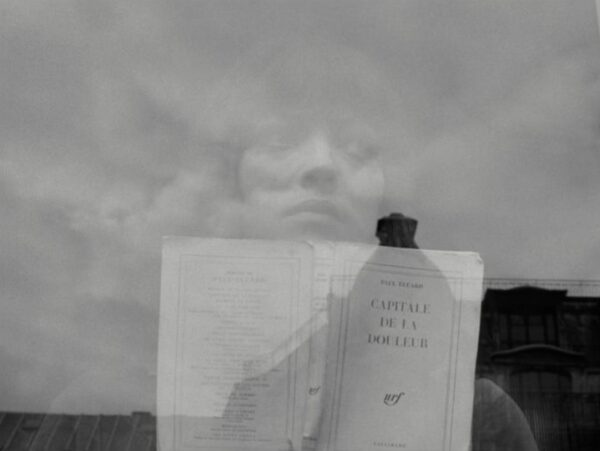Word-image relationships permeate not only an unexpectedly wide range of artworks, but also the discipline of art history itself: words with images, words in images, word as image and words about images. This Special Option looks at the particular ways in which text is brought into play alongside the visual from the context of modernism to the present, predominantly in France, but also in Britain, other parts of Europe, the US and beyond.
We will engage with different devices and formats of textual and visual combination – from the inclusion of typography in oil painting and collage to the significance of titles; from illustration, visual poetry and artists’ books to maps, monuments and graffiti; from ekphrasis to subtext; and from the narrative of the written word to its materiality. What can words and images achieve in combination that they do not do alone? How can we understand the relationship between the visual and textual qualities of art and writing? And how have artists harnessed the power of words to disrupt and unsettle? We will draw on frameworks that belong to the disciplines of art history, linguistics and literature, such as formalism, semiotics and textuality, as means of unpacking a rich array of material.
The course is structured both thematically and chronologically, investigating the significance of different modes and methods of incorporating text with image via a range of case studies, guided in part by the interests and skills of the group. These may include: the presence of advertising in Impressionism and Cubism; the importance and disruption of fiction and narrative for Gauguin; the experimental visual and performative poetry of Apollinaire, Marinetti and the Dadaists; the subversive possibilities of metaphor and wordplay in Surrealism; Cy Twombly’s gestural poetry; Saloua Raouda Choucair’s sculpted ‘poems’; Pierre Alechinsky’s palimpsests and the political poetics of artists such as Jean-Michel Basquiat, Jenny Holzer, Glenn Ligon or Zarina Hashmi. The underpinnings of modernism will form an essential springboard for looking at more recent examples. Through the central theme of word and image, students are invited to tackle urgent issues such as translation and communication; illumination and disjunction; authority and hierarchy; identity and ambiguity and the very means of disseminating and articulating art historical discourse.
We will draw on The Courtauld’s own rich collections of paintings, drawings, books, manuscripts and journals, as well as on the resources of other London institutions such as the British Library, Tate and the V&A. This option usually includes a study trip to Paris.
In the event that a course leader is on sabbatical, takes up a fellowship, or otherwise is not able to teach the course, they will be replaced by another experienced course leader either for a semester or, in some cases, the academic year.
This year the Special Option will be taught by Will Atkin.
Please note: whilst many Special Options will include site visits within the UK and further afield, these are subject to confirmation.






